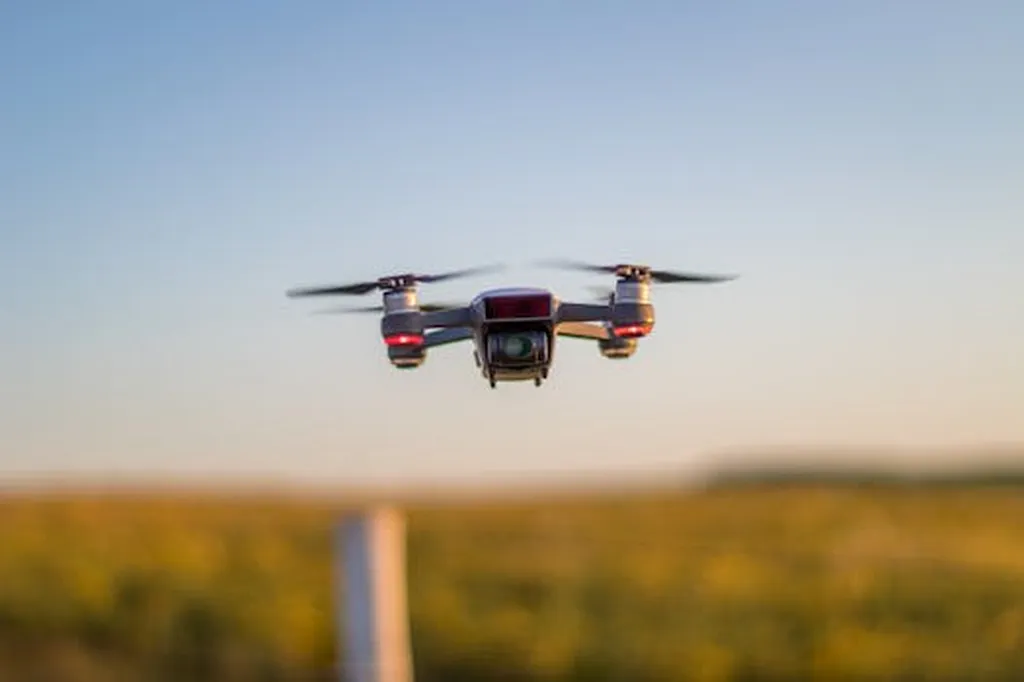In the rapidly evolving world of unmanned aerial vehicles (UAVs), a groundbreaking shift is underway—one that promises to revolutionize how we monitor and manage critical infrastructure, from power lines to pipelines. At the heart of this transformation is a concept known as video prediction, and a recent survey published in the journal *Remote Sensing* (translated from Chinese as “遥感”) is shedding light on its immense potential for the energy sector.
Led by Zhan Chen of the Key Laboratory of Target Cognition and Application Technology (TCAT) at the Aerospace Information Research Institute, Chinese Academy of Sciences, the research delves into the cutting-edge techniques that enable UAVs to not just react to what they see, but to anticipate what will happen next. This predictive capability is a game-changer for industries that rely on aerial surveillance, particularly energy, where proactive monitoring can prevent costly disasters.
“Video prediction allows UAVs to forecast future imagery based on past observations,” explains Chen. “This means they can track objects even when they’re obscured, monitor environmental changes in real-time, and detect anomalies in infrastructure before they become critical issues.” Imagine a UAV patrolling a remote pipeline, predicting a potential leak before it happens, or monitoring a wind farm, anticipating maintenance needs before equipment fails. These are not just futuristic scenarios; they are becoming a reality thanks to advances in video prediction.
The survey highlights a unified taxonomy that categorizes video prediction models into three key dimensions: operator architecture, generative nature, and training/inference regime. This framework helps clarify the trade-offs involved in deploying these models on UAVs, which often face tight resource constraints. “We’re seeing a convergence toward scalable dynamic world models for geospatial intelligence,” Chen notes. “These models leverage physics-informed learning, multimodal fusion, and action-conditioning, powered by efficient operators like state-space models (SSMs).”
For the energy sector, the implications are profound. Proactive infrastructure inspection can significantly reduce downtime and maintenance costs, while persistent environmental monitoring can ensure compliance with regulations and mitigate environmental risks. Wildlife tracking, another key application, can help energy companies navigate the delicate balance between development and conservation.
However, the journey is not without challenges. The survey identifies several open problems, including the scarcity of annotated aerial video data and the need for evaluation metrics that go beyond pixel-level accuracy. “We need more robust datasets and evaluation frameworks to truly harness the potential of these models,” Chen emphasizes.
As the technology matures, we can expect to see UAVs equipped with predictive autonomy becoming a staple in the energy sector. These “embodied UAVs” will not just collect data; they will interpret it, predict future states, and take proactive actions. This shift from reactive to proactive intelligence is poised to redefine the landscape of aerial remote sensing, making it more efficient, reliable, and impactful.
In the words of Chen, “The future of UAV remote sensing lies in its ability to anticipate and adapt. And with video prediction, we’re taking a significant step toward that future.” As the energy sector continues to embrace these advancements, the possibilities are as vast as the skies these UAVs will patrol.

